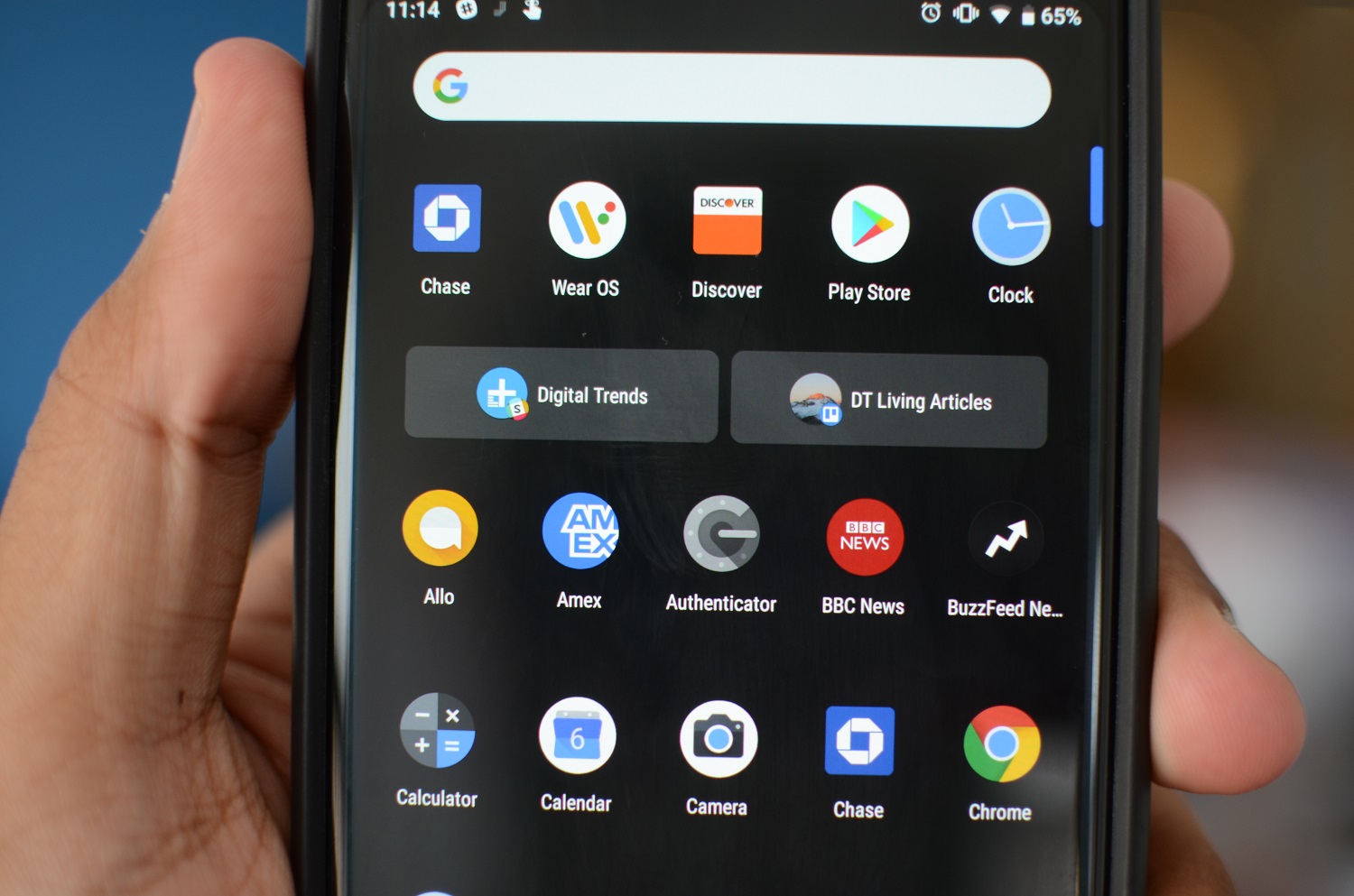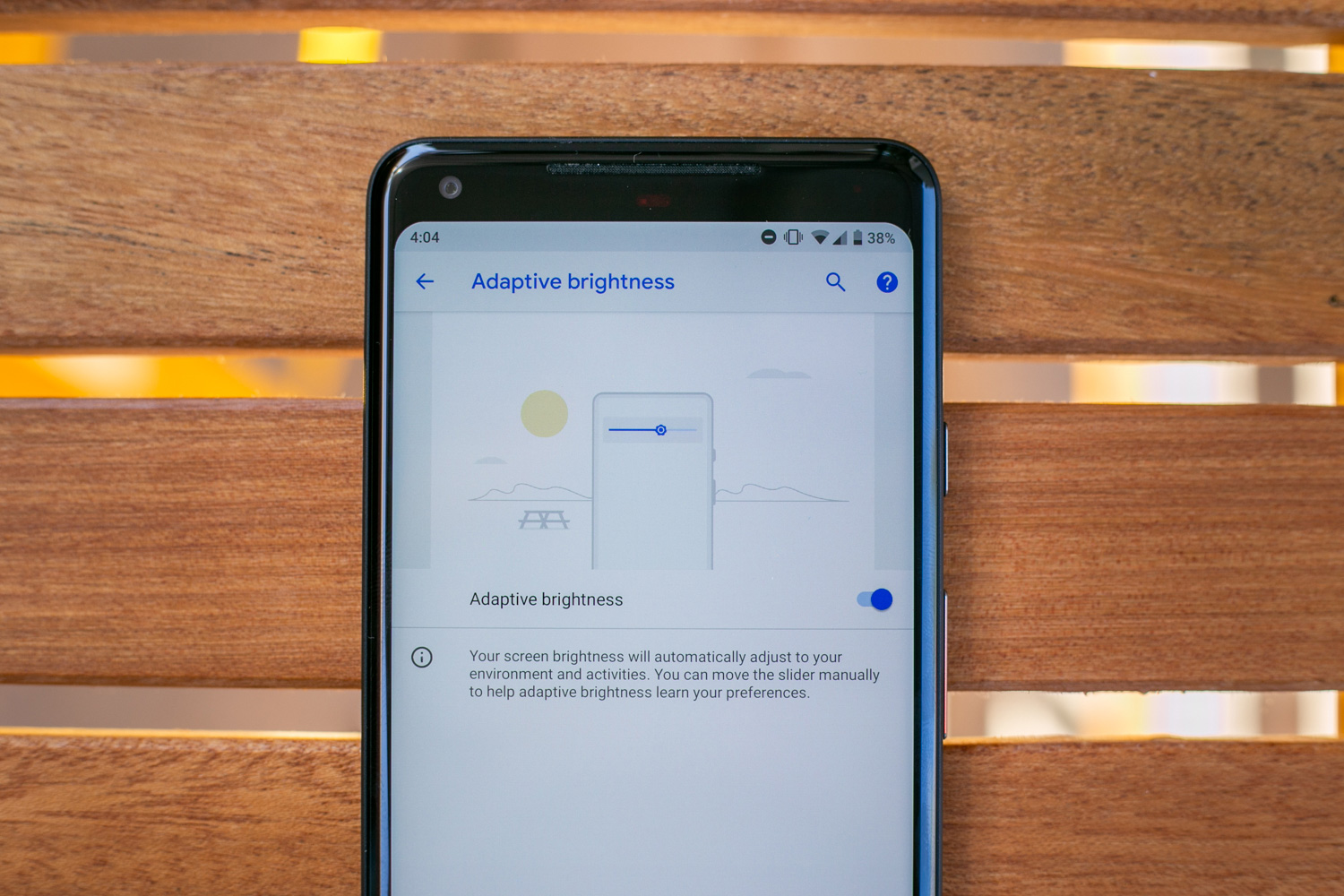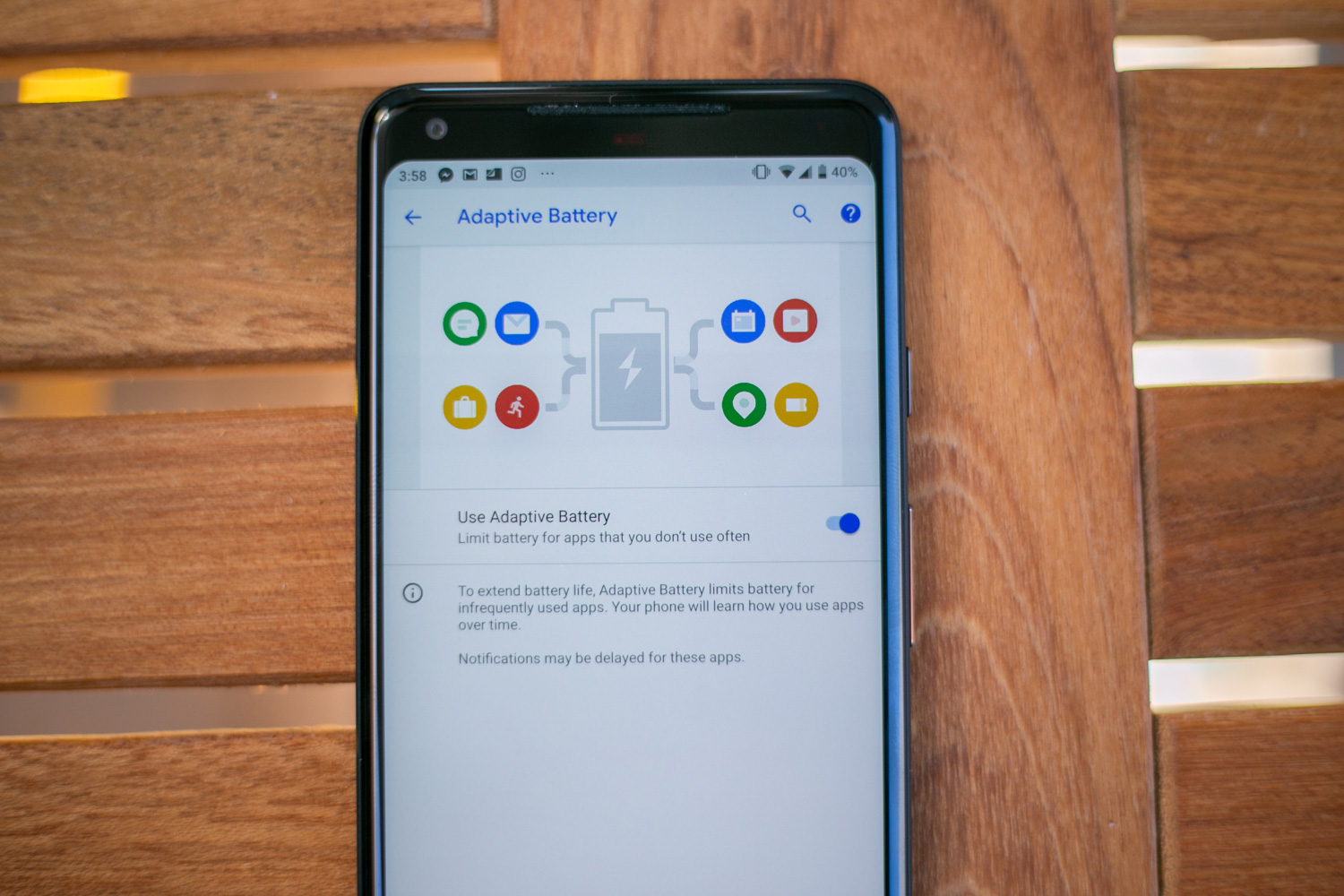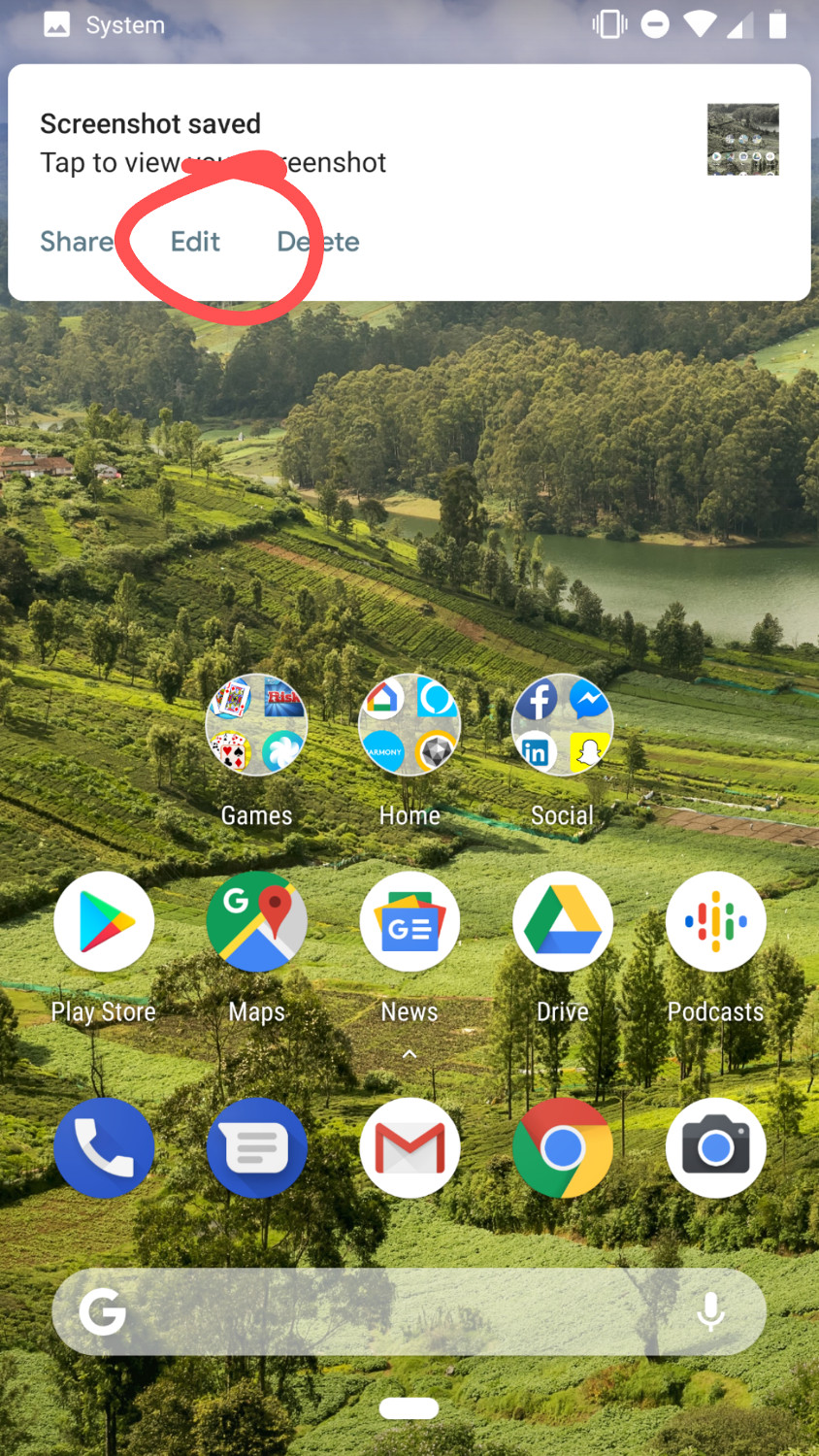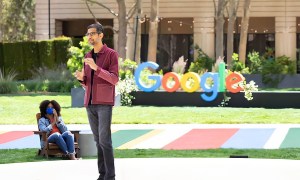
Pie is delicious, whether it’s apple, blueberry, or pumpkin. Get ready to grab another slice, as the baked dish is the name of the next version of Android. Android 9.0 Pie is here, right out of the oven, and it’s coming to a phone near you soon.
Here’s everything that’s new in Android 9.0 Pie, and you can read more in our Android 9.0 Pie hands on. You can also take a look at our guide on downloading Android 9.0 Pie to taste it for yourself, and follow our Android update schedule guide to see when your smartphone will get the new version.
Google’s Pixel and Pixel 2 devices will receive the new version first, with Android One smartphones following towards the end of the year, as well as any other device that was eligible to partake in the Android Open Beta. After that, it’s all based on when the manufacturer and carrier want to issue to update. Essential has already rolled out the 9.0 update for its only phone.
New features
Powered by artificial intelligence
Google believes strongly that your phone should be intimately yours, and should adapt to your life, rather than the other way around. Android 9.0 Pie is bringing several features powered by artificial intelligence (AI).
These additions are general quality-of-life improvements, so don’t expect them to drastically change the way you use your phone. App Actions is a new feature built into the App Drawer, suggesting actions based on your typical smartphone habits. So if you call your mom at the same time every day, expect a button to appear in the App Drawer that will directly start a call with her. If you plug in your headphones, App Actions may offer up a quick link to the playlist you were listening to earlier, saving you a few clicks.
Slices is another of these improvements that allows developers to deliver useful actions for their app. For example, if you search for Lyft in your phone, an option could appear showing you how far the nearest car is, and allowing you to book a car without opening the app. Slices isn’t available just yet, but you can expect it to show up later this fall.
Other additions are even more background-focused, but just as handy. Adaptive Brightness takes automatic brightness to the next level, learning how you like your brightness in different surroundings, and automatically changing them to suit your personal preferences. Adaptive Battery is similar, learning which apps and services you really care about and making sure to supply maximum power to them, while limiting power usage of apps you don’t use as often.
More powerful lock screen
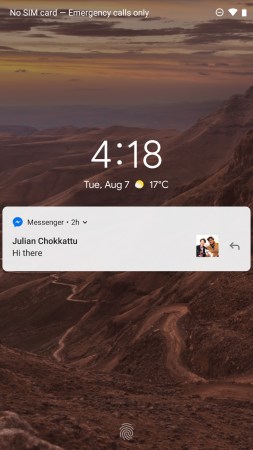
The lock screen in Android is getting increasingly powerful. In Android 9.0 Pie, the lock screen will now show more than just the time, at least on Pixel phones. Now, it’ll also show things like the weather and upcoming calendar events you may have, meaning you can get that information with a simple glance.
New ways to navigate your phone
One of the biggest changes facing you immediately in Android 9.0 Pie is the new system navigation. The traditional Android navigation buttons have been replaced with a small pill-shaped icon at the bottom of the screen. Swipe up from the bottom to see your Recent apps, and a full swipe up will open up the app drawer. Swipe the pill-shaped home button to the right and you can quickly swap back to the last app you were using. The back button still remains, but only when you’re in another app. You can tap the pill-shaped button to go home, and pressing and holding it will open Google Assistant.
Android 9.0 Pie also brings a few new gestures, including holding the Power and Volume Up buttons to prevent ringing, and the option to silence your phone by turning it over. If you need certain options to make using your phone easier, Android 9.0 Pie also adds the ability to keep an “Accessibility Menu” at the bottom of the screen. When tapped, that menu offers larger icons for commonly used functions like Google Assistant, opening the notifications shade, and taking screenshots.
Digital Wellbeing

One of Google’s major spotlights is Digital Wellbeing in Android 9.0 Pie, ensuring your phone works for you, and not the other way around. To that end, Google is implementing a bunch of handy features that let users limit the time they spend on their phones, see where they’ve spent the most time, and wind down before bed.
One of these new features is the Android Dashboard — a feature that helps track the amount of time you spend on your device. With Dashboard, you can see how long you’re using your phone to send messages, stream content, surf the internet, or even make calls. You’ll also be able to set up screen time limits for specific apps, like YouTube, and even receive recommendations to take a screen break. Also new is Wind Down Mode. With Wind Down Mode, you can tell Google Assistant when you would like to go to bed, and it will automatically put your phone on Do Not Disturb mode and switch your screen to gray-scale over a period of time. This is meant to encourage you to put the phone down before bed.
These Digital Wellbeing features aren’t available just yet, though those on Google Pixel devices can sign up for the beta through this link. It will officially roll out later this fall, with support for Android One devices as well.
Do Not Disturb improvements

Do Not Disturb is now much simpler to use. Tap it once and you won’t see, hear, or feel any new notifications coming in (except for alarms). You can customize this to your liking in the Do Not Disturb settings, and like before, add schedules for when you want this to turn on automatically — including when you have an event based on your calendar.
Boosted Bluetooth
Android 8.0 Oreo added the ability to connect to two different Bluetooth speakers at the same time, giving you the tools you need to give yourself homemade stereo sound. Android 9.0 Pie is going three better, with the ability to chain together up to five different Bluetooth speakers at once, essentially giving you the option to build yourself a surround sound system. Incoming calls will be sent to any one of the speakers capable of handling calls — so no freaky calls with voices coming at you from all around you.
Android 9.0 Pie now also remembers the volume at which you left each Bluetooth speaker, and will resume at that volume the next time your phone connects — stopping sudden bursts of scarily loud music.
Most excitingly for users of Bluetooth headphones, Android 9.0 Pie now comes with a setting that attempts to end the delay between your device and your earphones. If your earphones support Google’s new “sound delay reporting,” any lag between devices will be reported back to Android. Your phone will then offset any video content by that same amount of time, hopefully eradicating any syncing issues between the two devices.
Lock down your phone
One of the biggest, but least reported additions to Android 9.0 Pie is the new “Lockdown” mode. To trigger it, hold down your power button and select Lockdown from the list. This will lock your phone down, clearing all notifications and personal info from your lock screen. To unlock your phone you’ll need to enter a PIN or password — no sort of biometric entry will unlock your phone, so no fingerprints, face unlock, or otherwise. Google has designed this feature to protect against thieves or anyone else who might try to unlock your phone by showing it your face or forcing your finger onto the sensor.
It’s similar in tone to Apple’s USB Restricted mode, which locks the phone down and stops anyone else from being able to access your phone. To turn it on, head to Settings > Security & location > Lock screen preferences, and turn Show lockdown option on.
Improvements to existing tools
It’s not just all about the new features — some existing and beloved features will be getting a fresh coat of paint and some new toys too. Taking a leaf out of Apple’s book, Google is adding zoom to the text selection tool. Basically, a zoom lens will pop up during text selection that allows you to see the text you’re selecting, ensuring that you’re always able to get the right selection. It’s smart now too, and will suggest actions based on the text you’re selecting. If you select an address, for example, you will get the option to open Google Maps directly with the address inputted. You will also be able to select text in the app Overview, so you won’t need to fully switch apps to quickly grab some text.
Volume control is getting a minor update too, and a phone’s volume rocker will now control media volume by default, instead of notification volumes. There’s now also an “Edit” button built-in to the screenshot notification, which helps save a few steps. After taking a screenshot, you will get the option to crop, draw over, or otherwise alter their screenshots. You’ll also be able to take a screenshot by holding down the power button and selecting Screenshot from the options presented.
Finally, Android 9.0 Pie improves notifications. One of the major upgrades for the system is how Android handles repeat notifications. If Android notices you repeatedly dismissing notifications from the same app, it’ll ask you whether you want to turn off notifications for that app. It also gives you the tools to check out which apps are pestering you the most. Go to Settings > Apps & notifications, and then hit Notifications, then tap through the options to see a list of which apps have sent the most notifications. By default, this menu shows a list of your most recent notifications, which is also useful if you accidentally dismissed a notification without properly reading it.
Android now also suggest smart replies in supported apps, allowing you to quickly send contextually relevant responses without having to open an app. You can also attach photos and stickers and type your own replies from the notification. Notifications also look a little different, with a new font, and have a cleaner design.
Use Android’s Mobile hotspot feature a lot? Android 9.0 Pie is adding a new option that automatically turns it off if no devices are connected to it, so you don’t need to manually turn it off every time you’re done sharing your connection. This option is turned on by default, but you can access it in your usual Mobile hotspot settings if you want to turn it off.
Google Maps is coming indoors

Google Maps is the most loved and most used navigation app, but to date, it has largely only worked for driving or walking outside — not for large indoor places like malls. That, however, is about to change. A new feature in Android 9.0 Pie includes added support for “Wi-Fi Round Trip Time,” or RTT, which allows for more specific positioning through Wi-Fi. Indoor positioning, in places like malls, is about to get a whole lot more precise.
Prevent accidental screen rotations
While Android currently offers a screen orientation lock option, it can be a bit annoying to use when you’re switching between apps. Android 9.0 Pie offers a whole new way to prevent accidental screen rotations. You can also pin a screen to a specific orientation through the navigation bar. If you want to switch the orientation, you simply need to tap the icon to let your phone do its thing.
If you’re the sort of person who leaves their screen rotation off as a system setting, there’s also an option just for you. If you’re using an app with a landscape orientation and you shift your phone around, an option will appear on your nav bar to rotate the screen, without altering your system settings. This tells your phone you’re happy to do it this once, but you don’t want your orientation lock turned off.
Multicamera support

Last year, Nokia introduced a new feature called Dual-Sight to some of its phones. With Dual-Sight, you can use both camera lenses on your phone simultaneously to capture images. Android 9.0 Pie will make similar features widely available on most Android smartphones, as it allows developers to access streams on multiple phone cameras simultaneously. That doesn’t mean a feature like Nokia’s Dual-Sight is now built into Android, but it will be easy for developers to create third-party apps with something similar.
Inclusive emoji

Expect to see more than a 100 new emojis in Android 9.0 Pie. You’ll find a number of gender-less emojis, as well as emojis with multiple skin tones and hair colors (or no hair at all). If you want to see all the new emojis that will make their way to your phone in the near future, you can get a glimpse at Emojipedia.
The Downloads app has been renamed ‘Files’

The Downloads app is now called the Files app. For now, it seems to be a simple name change, but it bodes well for future expansion of that area — especially with Google flexing similar muscle in its Files Go app.
ML Kit

While ML Kit is not Android-specific, it’s a new feature that makes Android 9.0 Pie much more user-friendly. With ML Kit, app developers can use Google’s machine learning tasks within their own apps. ML Kit allows developers to use the camera for face detection, landmark recognition, text recognition, and a host of other recognition features.
Performance and stability updates
Improved battery life
With each new Android update comes promised battery improvements. This year is no exception. From refining Doze to changing the way apps open on your phone, Google has made lots of changes in Android 9.0 Pie to maximize your battery life. An improved Battery Saver app in Android 9.0 Pie makes it easier to enable Battery Saver as your battery begins to drain. Instead of the option to enable Battery Saver at 5 or 15 percent, there’s now a slider, allowing you to enable Battery Saver once your battery reaches 70 percent or below. As an added bonus, the updated Battery Saver no longer features the obnoxious orange bar — it has been replaced by a persistent notification icon.
Android Runtime enhancements

One significant change in Android 9.0 Pie is behind the hood: Android 9.0 Pie will feature some major Android Runtime (ART) enhancements. These ART enhancements allow apps to rewrite their own execution files on the device, meaning they’ll launch faster and use less memory.
Notch support
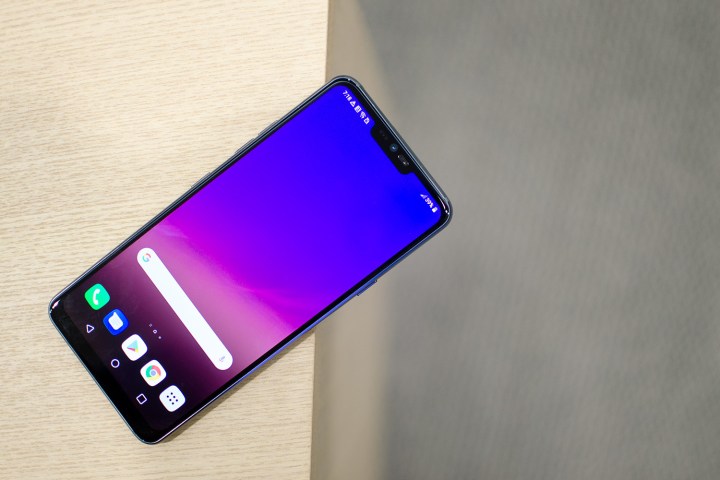
Like it or not, the top notch is becoming more ubiquitous on smartphones. Since Apple introduced the top notch with the iPhone X, we’ve seen it make its way to an increasing number of Android devices. While more and more devices feature the top notch, Android does not currently offer native support. That’s changing with Android 9.0 Pie, which will offer native cutout support. Cutout support should improve the way apps render on your phone, as well as ensuring no content is lost on streaming apps like YouTube or Hulu.
Better security

While Google typically adds new security features in each new iteration of Android, this year it’s really upping the ante. Android 9.0 Pie features a number of new options to make your phone more secure. Perhaps the most exciting security update has to do with encryption. Android 9.0 Pie will now perform client-side encryption. Any data encryption or decryption that takes place will now happen on your phone and will require authentication from your phone (password, PIN, pattern). Since Google backs up all of your information to the cloud, this change will make it much more difficult for hackers or other prying eyes to access your information from a computer.
Each time you access a network, your device shares its unique MAC address with that network. Android 9.0 Pie offers a new feature that will allow you to create randomized MAC addresses for each network you access. While Android 9.0 Pie will create a random MAC address for each network, the address will not continue to change each time you access the network.
There are several other security features that are coming to Android 9.0 Pie, including a unified user interface for fingerprint authentication, encrypted network traffic on third-party apps, and user notifications that appear whenever a third-party app is using an old API.
Improved privacy
Google may not have the best track record when it comes to user privacy, but the company is working to improve that. The new operating system version will restrict access to the phone’s microphone, camera, and other sensors. When an app is idle or running in the background, it will be unable to access any of the phone’s sensors (other than GPS). If an app does need to access a sensor while running in the background, it will have to show a persistent notification on your phone.
Other improvements
There are a number of other small changes too, such as support for HDR VP9 Video and HEIF image compression, an image decoder for bitmaps, and improved JobScheduler performance. We’ll be adding more features as we find them. Enjoy your slice of pie!
Updated on August 9: Added the “Boosted Bluetooth” and “Lock down your phone” sections.
